The movie kicks off with a prologue alluding to how American carpet bombing of Cambodia during the closing years of the war helped create a power vacuum that vicious people rushed to fill. This is related through documentary and news clips of bombers incinerating forests, U.S. troops understandably expressing little interest in or animosity toward Cambodia, then-President Richard Nixon insisting that there is no American war there, and then-Secretary of State Henry Kissinger callously promising a “final solution” in the region. The blend of languages in this section reinforces the idea that this era was a tragedy of international significance, regardless of whether people who were alive at the time paid attention.
Luong’s story begins in relative peace, with the heroine and her bourgeois family, headed by a military police officer father (Phoeung Kompheak), in the capital, wondering what changes the end of the U.S. war will bring. The Khmer Rouge, a splinter of the Vietnam People’s Army of North Vietnam led by future dictator Pol Pot, rolls into the city, crushing the remnants of the country’s weak official government and initiating a purge that would claim millions of lives. Loung’s father sees the writing on the wall and leads his wife (Sveng Socheata) and children from the city.
From that point on, “First They Killed My Father” becomes a survival story about a suddenly powerless family doing whatever it takes to get through the day. Their efforts are shadowed by the knowledge that not all of them will make it out alive, and that even outwardly unremarkable interactions could lead to the family being separated, imprisoned, brutalized or murdered. The early scenes of Luong’s mother, father and siblings divesting themselves of most possessions (including some beloved dresses and toys) are all the more vivid for being underplayed. This dry-eyed reportage continues throughout the film, ratcheting up toward operatic or tragic heights only when Loung is at her most distraught.
Additional Links:
Contact FDMStore
![Colour Photo [Hindi]](https://image.tmdb.org/t/p/w185/bIWllaoYL82jIFMOGLc066gu6Xf.jpg)

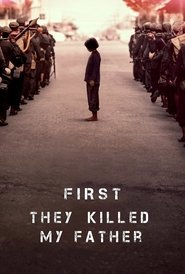
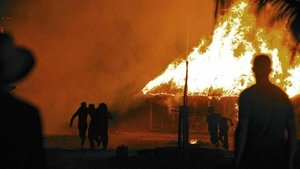
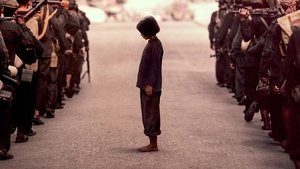


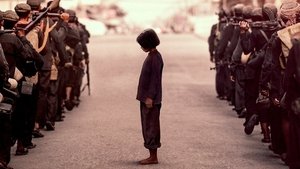



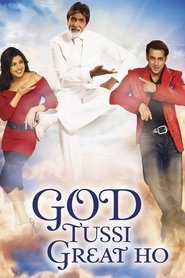

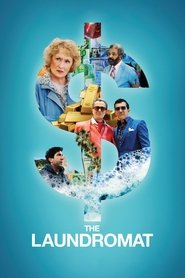
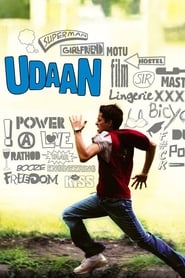

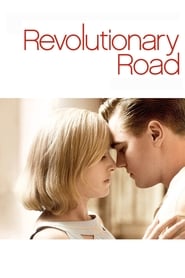
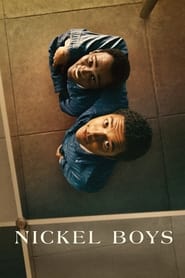

![Bheeshma [Hindi]](https://i.ibb.co/QdhQm7k/633-Wr89-BKGlo-U1g-Kori-HHW2ma4s-compressed.jpg)
![Main Atal Hoon [HD WEBDL]](https://image.tmdb.org/t/p/w185/tBiTGjPXGXHpdyPRKSVfAYqxz6R.jpg)


